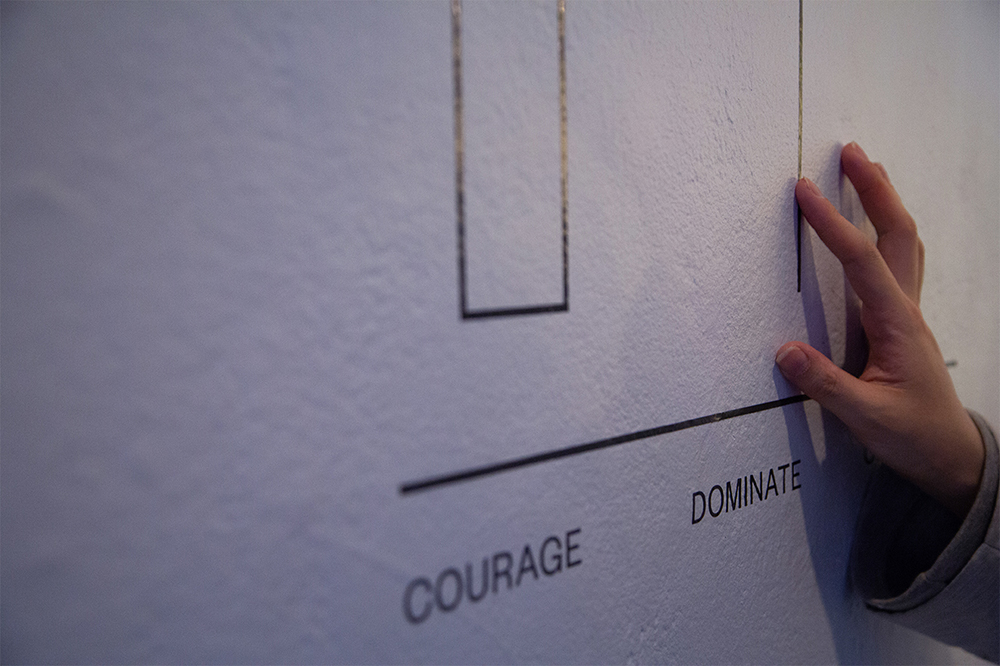The Feeling Matrix
Kavya Barthwal
The Feeling Matrix is a speculative project that presents a visual and verbal dictionary of emotions. Six animations visualize six precise emotional experiences that don’t have an equivalent word in the English Language. Many of us have experienced these feelings but might lack the vocabulary to name them.
The project attempts to explore an alternative visual grammar that seeks to transcend the barriers of traditional languages. Using an abstract, expressive system, this visual vocabulary of evocation references the commonality of emotions and the elusive task of precisely defining them.

















